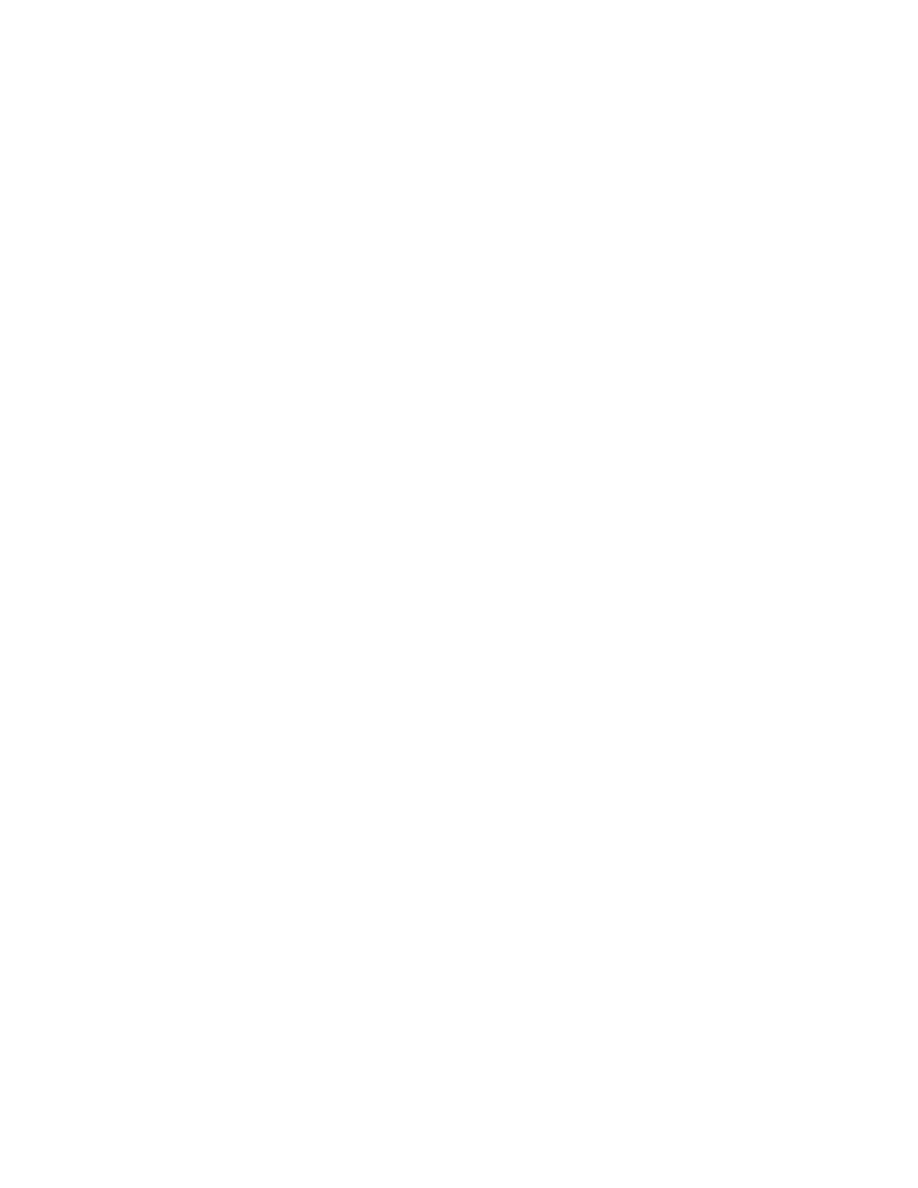
762
14 CFR Ch. I (1–1–14 Edition)
§ 91.525
§ 25.561(b)(3) of this chapter, or the re-
quirements of the regulations under
which the airplane was type certifi-
cated. Restraining devices must also
limit sideward motion of under-seat
baggage and be designed to withstand
crash impacts severe enough to induce
sideward forces specified in § 25.561(b)(3)
of this chapter.
§ 91.525
Carriage of cargo.
(a) No pilot in command may permit
cargo to be carried in any airplane un-
less—
(1) It is carried in an approved cargo
rack, bin, or compartment installed in
the airplane;
(2) It is secured by means approved
by the Administrator; or
(3) It is carried in accordance with
each of the following:
(i) It is properly secured by a safety
belt or other tiedown having enough
strength to eliminate the possibility of
shifting under all normally anticipated
flight and ground conditions.
(ii) It is packaged or covered to avoid
possible injury to passengers.
(iii) It does not impose any load on
seats or on the floor structure that ex-
ceeds the load limitation for those
components.
(iv) It is not located in a position
that restricts the access to or use of
any required emergency or regular
exit, or the use of the aisle between the
crew and the passenger compartment.
(v) It is not carried directly above
seated passengers.
(b) When cargo is carried in cargo
compartments that are designed to re-
quire the physical entry of a crew-
member to extinguish any fire that
may occur during flight, the cargo
must be loaded so as to allow a crew-
member to effectively reach all parts
of the compartment with the contents
of a hand fire extinguisher.
§ 91.527
Operating in icing conditions.
(a) No pilot may take off an airplane
that has frost, ice, or snow adhering to
any propeller, windshield, stabilizing
or control surface; to a powerplant in-
stallation; or to an airspeed, altimeter,
rate of climb, or flight attitude instru-
ment system or wing, except that take-
offs may be made with frost under the
wing in the area of the fuel tanks if au-
thorized by the FAA.
(b) No pilot may fly under IFR into
known or forecast light or moderate
icing conditions, or under VFR into
known light or moderate icing condi-
tions, unless—
(1) The aircraft has functioning deic-
ing or anti-icing equipment protecting
each rotor blade, propeller, windshield,
wing, stabilizing or control surface,
and each airspeed, altimeter, rate of
climb, or flight attitude instrument
system;
(2) The airplane has ice protection
provisions that meet section 34 of Spe-
cial Federal Aviation Regulation No.
23; or
(3) The airplane meets transport cat-
egory airplane type certification provi-
sions, including the requirements for
certification for flight in icing condi-
tions.
(c) Except for an airplane that has
ice protection provisions that meet the
requirements in section 34 of Special
Federal Aviation Regulation No. 23, or
those for transport category airplane
type certification, no pilot may fly an
airplane into known or forecast severe
icing conditions.
(d) If current weather reports and
briefing information relied upon by the
pilot in command indicate that the
forecast icing conditions that would
otherwise prohibit the flight will not
be encountered during the flight be-
cause of changed weather conditions
since the forecast, the restrictions in
paragraphs (b) and (c) of this section
based on forecast conditions do not
apply.
[Doc. No. 18334, 54 FR 34314, Aug. 18, 1989, as
amended by Amdt. 91–310, 74 FR 62696, Dec. 1,
2009]
§ 91.529
Flight engineer requirements.
(a) No person may operate the fol-
lowing airplanes without a flight crew-
member holding a current flight engi-
neer certificate:
(1) An airplane for which a type cer-
tificate was issued before January 2,
1964, having a maximum certificated
takeoff weight of more than 80,000
pounds.
VerDate Mar<15>2010
20:48 Jan 30, 2014
Jkt 232047
PO 00000
Frm 00772
Fmt 8010
Sfmt 8010
Q:\14\14V2.TXT
ofr150
PsN: PC150